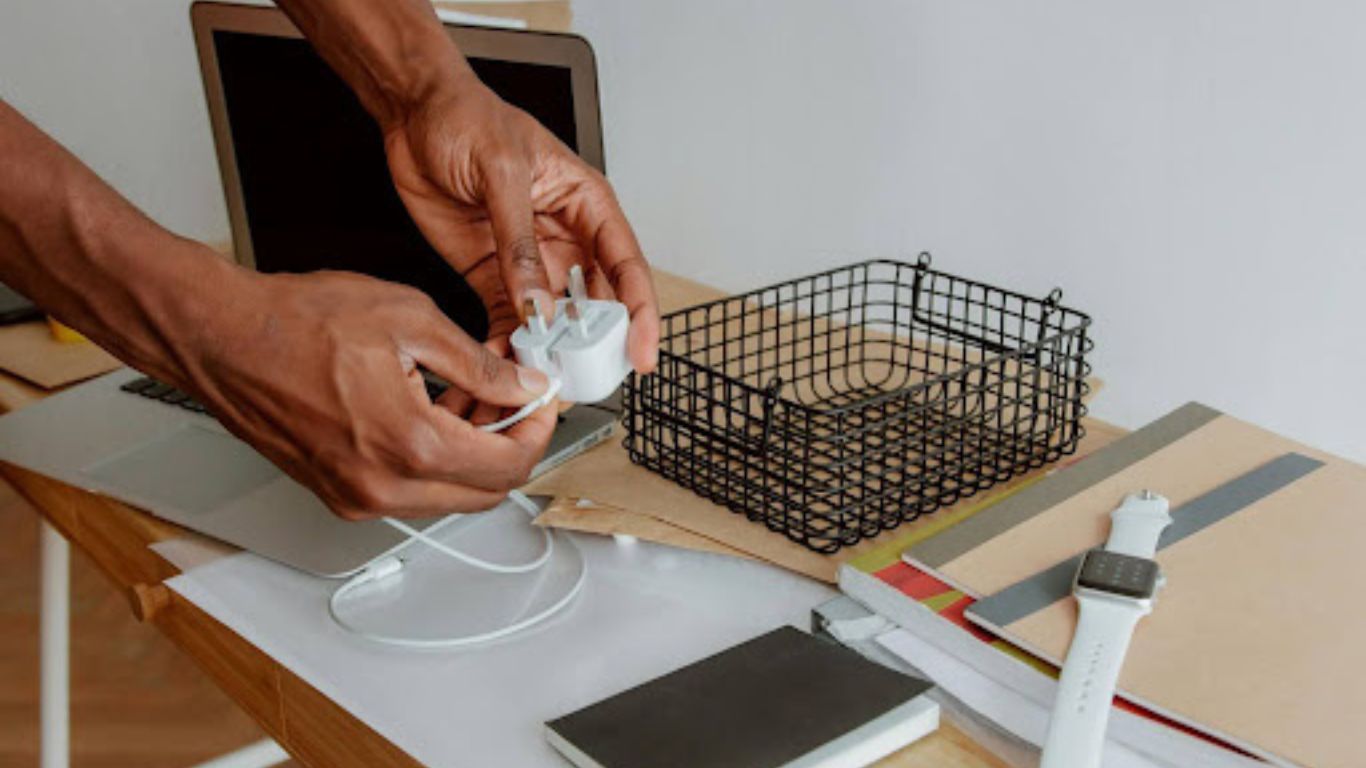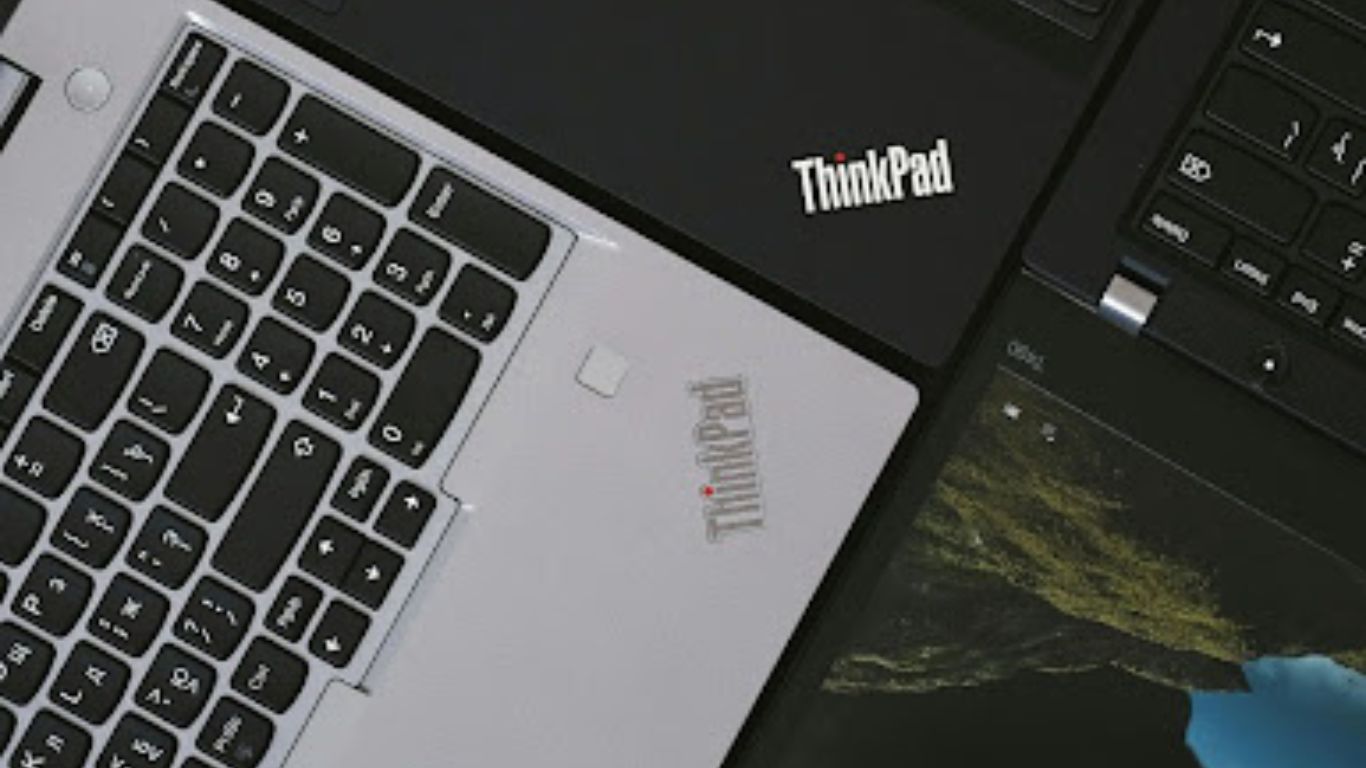 Panasonic Lumix LX cameras are the most loved ones among the users. The 2008 model had a striking body and compact features. However, the 2012 didn’t had that much striking features and was difficult to distinguish in a crowd. Panasonic has rebuilt itself once again in the new model Panasonic Lumix LX100. So let’s see why this camera is such a big deal.
Panasonic Lumix LX cameras are the most loved ones among the users. The 2008 model had a striking body and compact features. However, the 2012 didn’t had that much striking features and was difficult to distinguish in a crowd. Panasonic has rebuilt itself once again in the new model Panasonic Lumix LX100. So let’s see why this camera is such a big deal.
The Panasonic Lumix LX100 is a small camera but it is far more credible than the average Lumix Compact. It has a metal body and manual controls which are quite rare for cameras of this size. You might be disappointed to know that its size is a bit larger than the Canon G7 X and Sony RX 100 III. These both are this camera’s rivals. So it is considered a bit inconvenient as compared to these models.
The Pansonic Lumix LX100 is a bit heavier than RX100 III, but the new LX100 model has a usable grip which makes it easier to use the camera. The lens are a bit large. Similar to previous models, there are focus mode and aspect ratio switches and a manual aperture ring on the lens. The aperture ring has protrusions in it; this makes it easy to operate even when wearing gloves. The camera however, doesn’t have a multi-aspect sensor. The problem with this is that is that as you change the aspect ratio, the resolution changes too.
The camera has a good zoom length range of 24-75 mm. The remarkable maximum aperture is quite helpful because it gives it low-light capability. The aperture, when coupled with the optical images can help you get a good quality image during low light or after sunset. But you would find that there isn’t much detail and shadows of raw files, so that’s an issue you would have to bear with. The shadow begins disappearing at ISO 800 and the images become indistinguishable at ISO 3200 and white colors at ISO 400.
The Panasonic Lumix LX100 camera is quite attractive for enthusiast users. Its only problem is the slow startup; it takes about 2.5 seconds to power on, focus and shoot. This happens when you extend the camera. Otherwise, the camera shoots in about 0.2 seconds in both bright and dim light and takes about 0.4 seconds to shoot between two sequential photos. When the exposure and focus hit on the first frame, the speed hits 11 fps and in its super high mode, it runs up to 40 fps. You can use these modes for making nonstop-motion animations.
There are some APS-C models that give better video quality but they don’t have the features of this camera. This model is far from perfect but considering the price to features ratio, you should definitely think about it taking it with you to your next holiday vacation.



